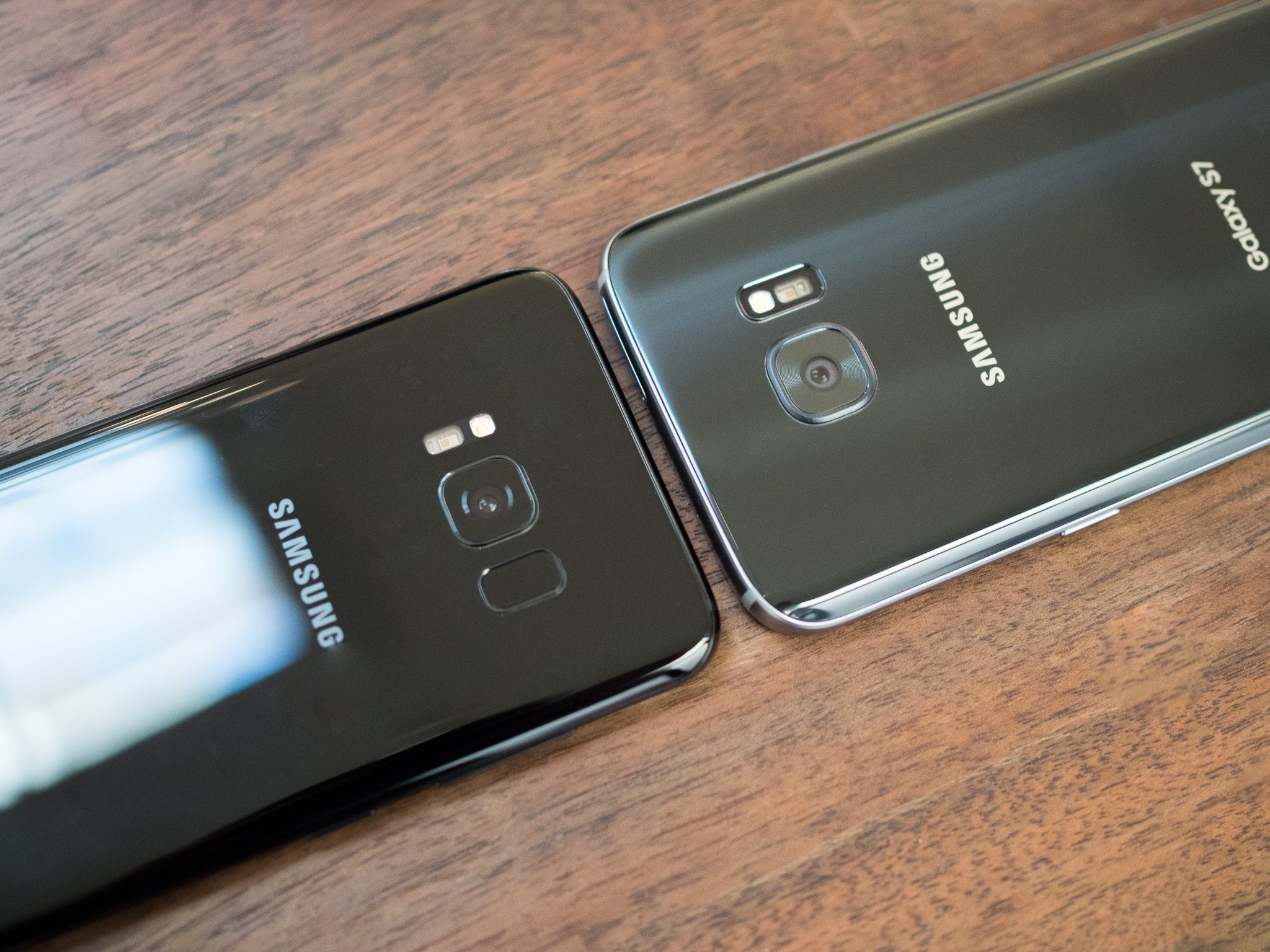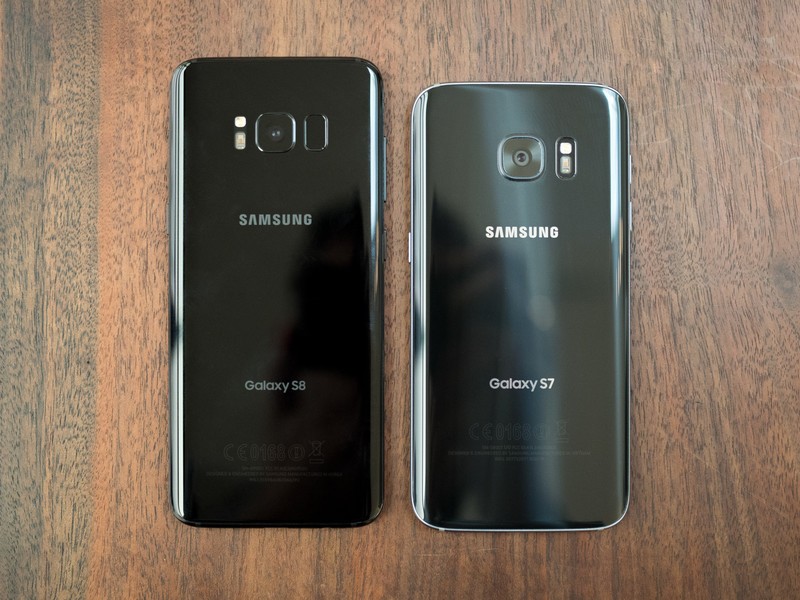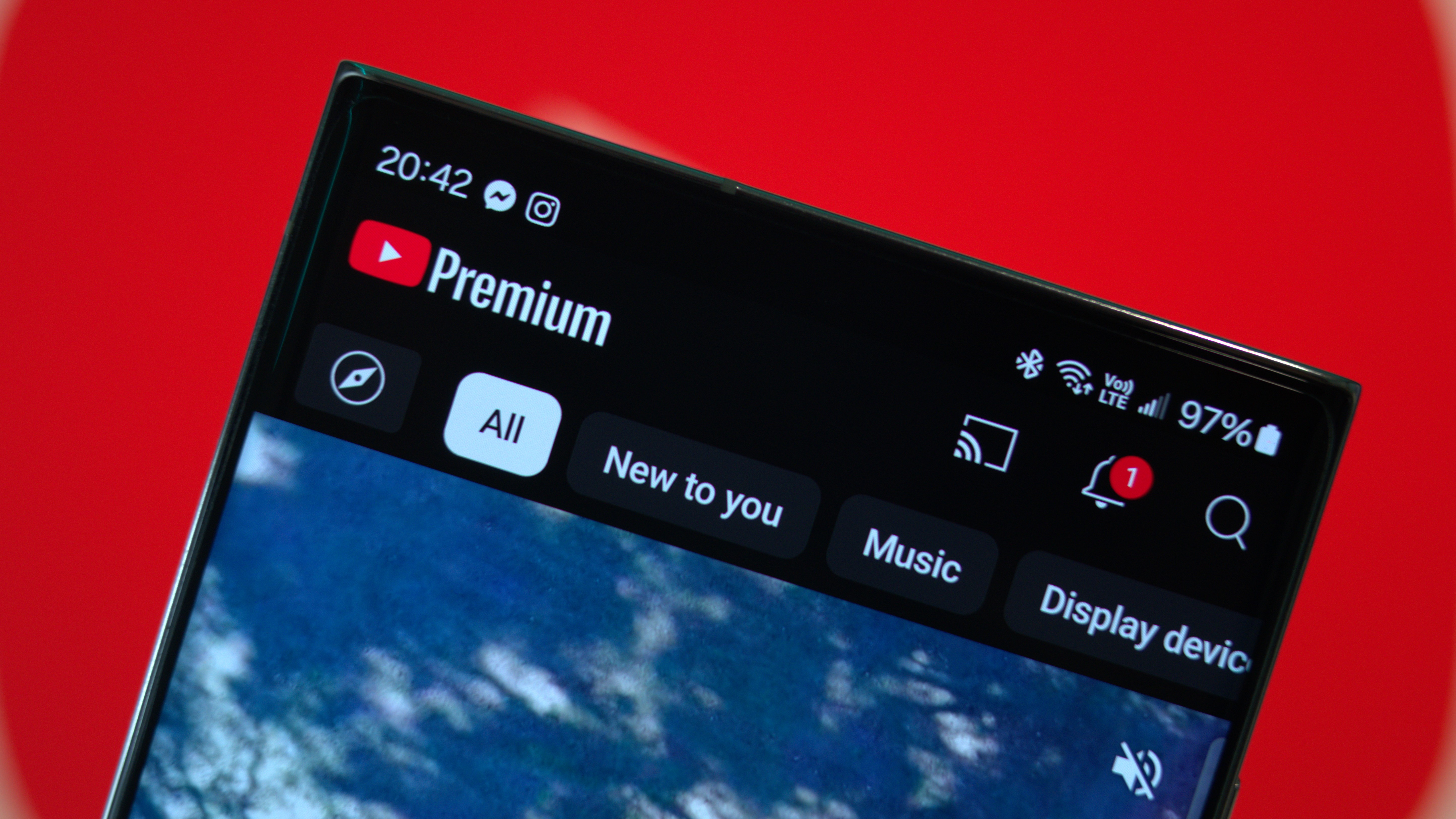Samsung Galaxy S8 vs. Galaxy S7: Should you upgrade?

The hot new Galaxy S8 is here, and suddenly people with perfectly good Galaxy S7s are looking longingly at the order page considering an upgrade after a year (at most) with their phone. The Galaxy S8 introduces a fresh design, new hardware features and a few pieces of altogether new software, but that doesn't mean the Galaxy S7 feels like a fossil.
Let's take a look at the Galaxy S8 and see what you're missing out on, and whether or not it make sense to make the jump to the latest version.
Hardware, specs and features





The Galaxy S8's hardware design may not be as mind-blowing revolutionary as Samsung claims, but it has definitely progressed nicely from its predecessor. The biggest changes are actually not altogether new to the Galaxy S lineup, but more so the function of Samsung is using the same design for both sizes of the Galaxy S8 and S8+. In 2016, the smaller Galaxy S7 was the "standard" or "flat" model, while the Galaxy S7 edge was curved and a bit more futuristic — now, both models adopt that future-looking design, and it makes the Galaxy S7 look a tad old by comparison.
This just reiterates that the core Galaxy S7 experience is still strong in 2017.
The Galaxy S7's display is plenty large for its body size, but the Galaxy S8 really stretches things out to give you a ton of extra display for not much extra size. The Galaxy S8, despite being taller, is the same width as the Galaxy S7 — so there aren't many usability issues with bumping up to the larger size. In return, you just get more screen to look at every day. You also get a more modern on-screen navigation bar, finally leaving behind the capacitive keys — you can even switch the order to have the back button in the "right" place ... to the left of the home button.
Speaking of display, the Galaxy S8's is definitely a step up — Samsung improves each and every year — but the Galaxy S7 could easily still be considered one of the best panels out there. Aside from the nice-looking subtle curves that give it a bezel-free look on the sides, there isn't too much to be jealous about here.
When it comes to specs and hardware features, the Galaxy S8 doesn't exactly leave its predecessor in the dust. The new phone has the same rear camera experience, same 4GB of RAM, 3000mAh battery capacity, waterproofing, SD card slot, wireless charging and single speaker. The Galaxy S8 of course has a faster and more efficient processor and 64GB of storage, along with a forward-looking USB-C port, but none of that is game-changing over the already capable Galaxy S7.
Software and experience

A year on from release, the Galaxy S7 has actually kept up with the times having just received its Android 7.0 Nougat update. When it comes to daily use and the general look-and-feel of the Galaxy S8, things haven't changed much from that latest GS7 update. There's a new launcher layout and fresh icons throughout, but the main interface hasn't changed a whole lot. You'll find a tweaked camera interface, some features brought over that were originally in the Note 7 and a bit of tidying up all around, but not much altogether new software here. There's a good chance the fresh icons and launcher could come to the Galaxy S7 in its next major update, but this isn't something you should be upgrading your phone for.
Get the latest news from Android Central, your trusted companion in the world of Android
Where the Galaxy S8 steps ahead is in its handful of new headline features — though each one is part software, part hardware, meaning they can't come back to the Galaxy S7 in full with a software update. Iris scanning and facial recognition are new in the Galaxy S8, and they're tied into the new sensors as a one-two punch of quickly getting you into your phone and then providing biometric security for proper authentication in the software.
There are some big hardware-backed features, but nothing majorly new in the interface.
Then there's Bixby, the on-device voice assistant interface, is more of a forward-looking feature than one that provides immediate utility, especially as Samsung continues to expand it to the entire interface and all built-in apps. While the voice assistant could technically come back to older models like the Galaxy S7 through a software update, the chances are slim — Samsung even includes a dedicated hardware button on the GS8 for Bixby, and that's something it can't add to previous phones.
DeX is the Galaxy S8's pseudo-desktop interface that brings your phone's capabilities to a larger screen, and this is also something that's going to stay on the Galaxy S8 line. The DeX dock is a USB-C peripheral, so it's hard to see that Samsung would go through the trouble of creating a different version for the Galaxy S7 — not to mention porting back all of that advanced software — even though the Galaxy S7's hardware could likely handle such features.
Bottom line
As much as we lust after the newest devices and want to have the latest technology, there's actually a good chance that your Galaxy S7 still does what you need it to do a year into its life. If you're still happy with the performance of your Galaxy S7 and don't need any of the fringe features on offer in the Galaxy S8, you'll feel right up to date there. The Galaxy S8's performance will be a little better and it has a larger, better display, but the battery life will shape up to be similar and the rest of the hardware features and specs are nearly the same.
You may actually want to save your money this time around.
When it comes to the software, the combination of subtle interface changes aren't worth buying a new phone for. And even if you're bullish on the future prospects of Bixby and DeX, you may not see the features of either platform being important enough in the near term to warrant jumping to the Galaxy S8 right away.
The only real changes that could get you to drop your GS7 for a shiny new GS8 are in the design and size. Perhaps a year on your Galaxy S7's 5.1-inch display is feeling a bit small and you want something larger — the Galaxy S8 has you covered there, and the display is fantastic. The Galaxy S8 is also just downright beautiful and feels futuristic. There's something to be said for that weighing into your decision.
The Galaxy S8 is going to set you back a solid $750, and your Galaxy S7 is probably only worth a few hundred dollars to sell and cover some of the cost. Only you know how much these handful of subtle changes are worth — but be sure to do the calculation before you jump to the Galaxy S8 from your Galaxy S7.

Andrew was an Executive Editor, U.S. at Android Central between 2012 and 2020.
